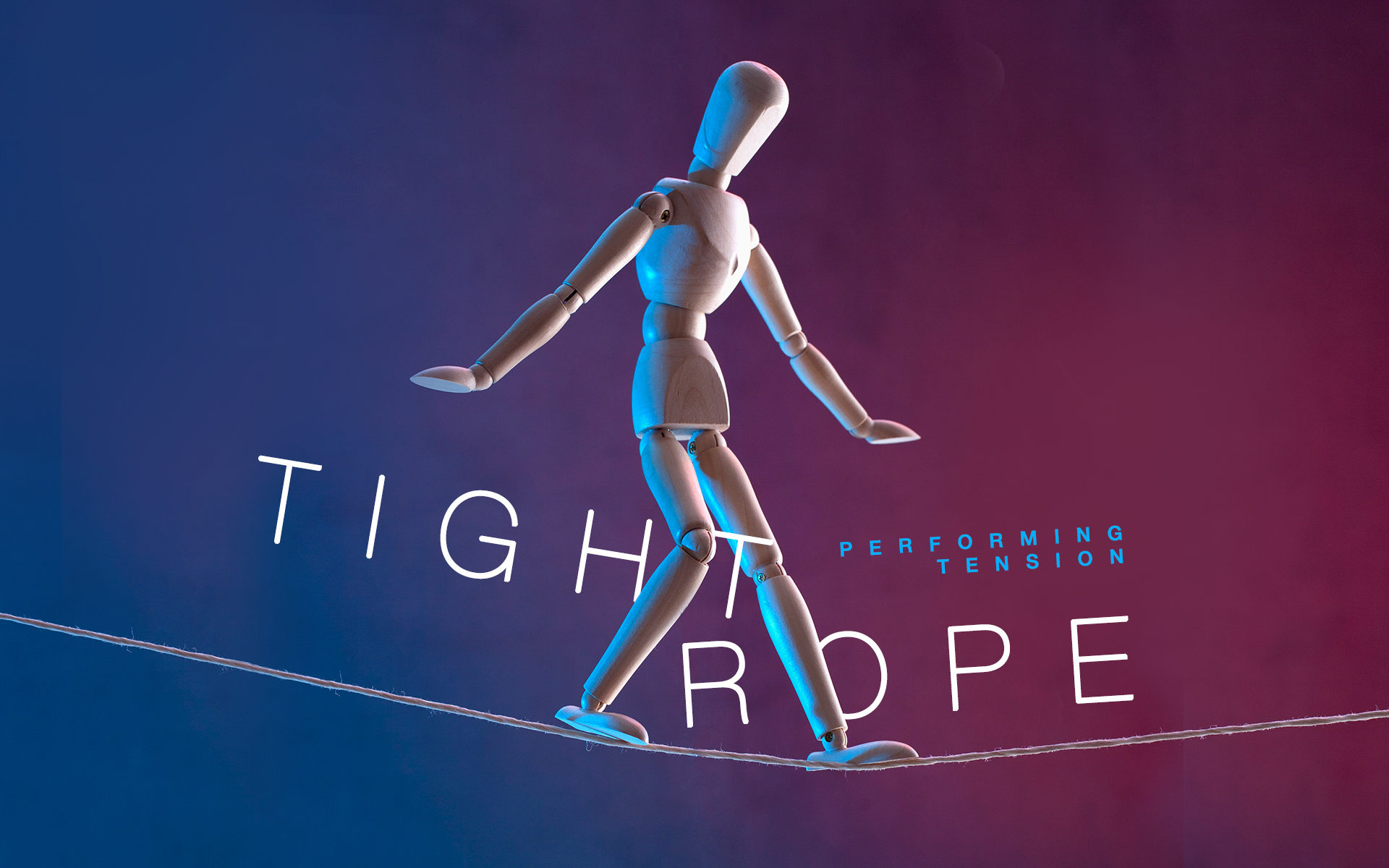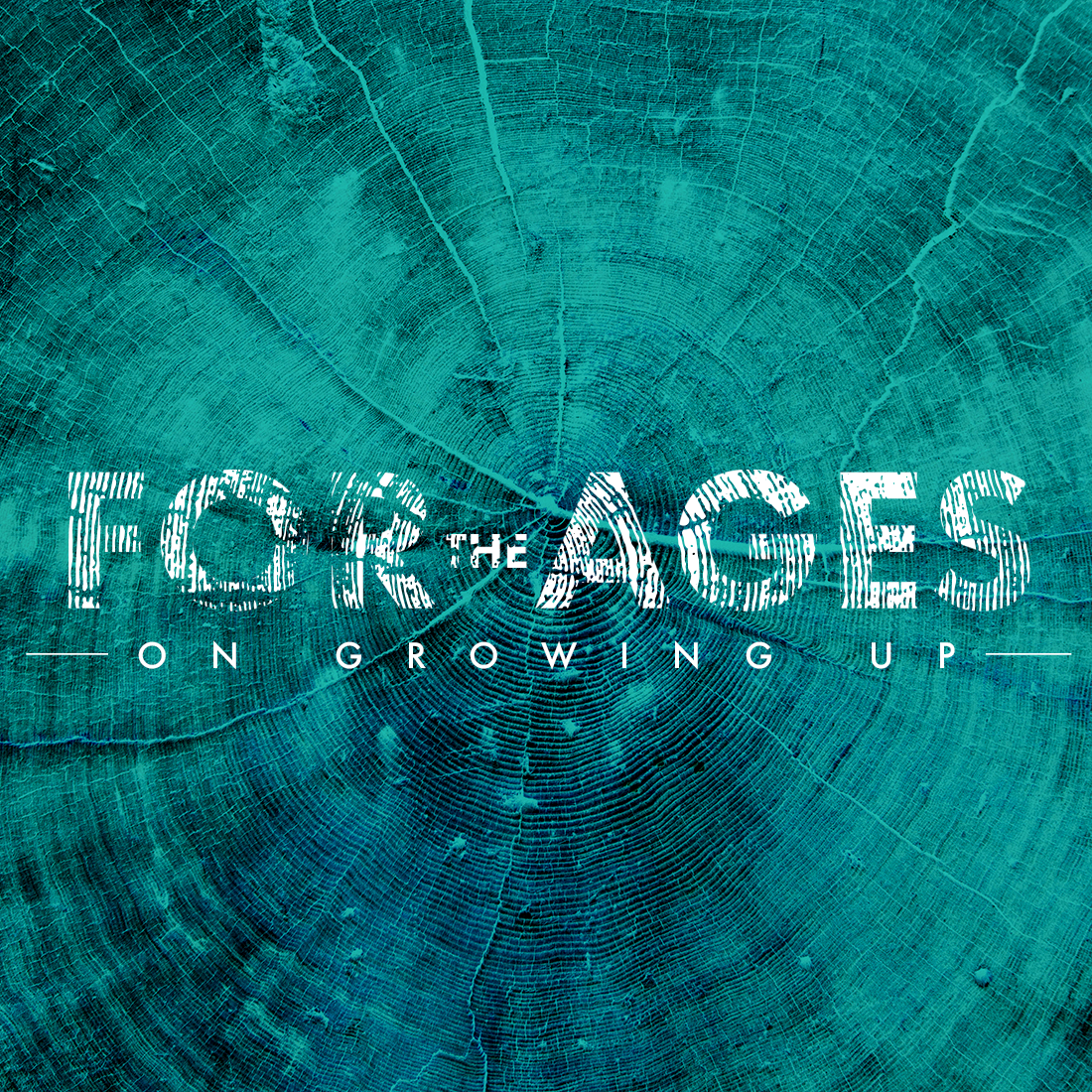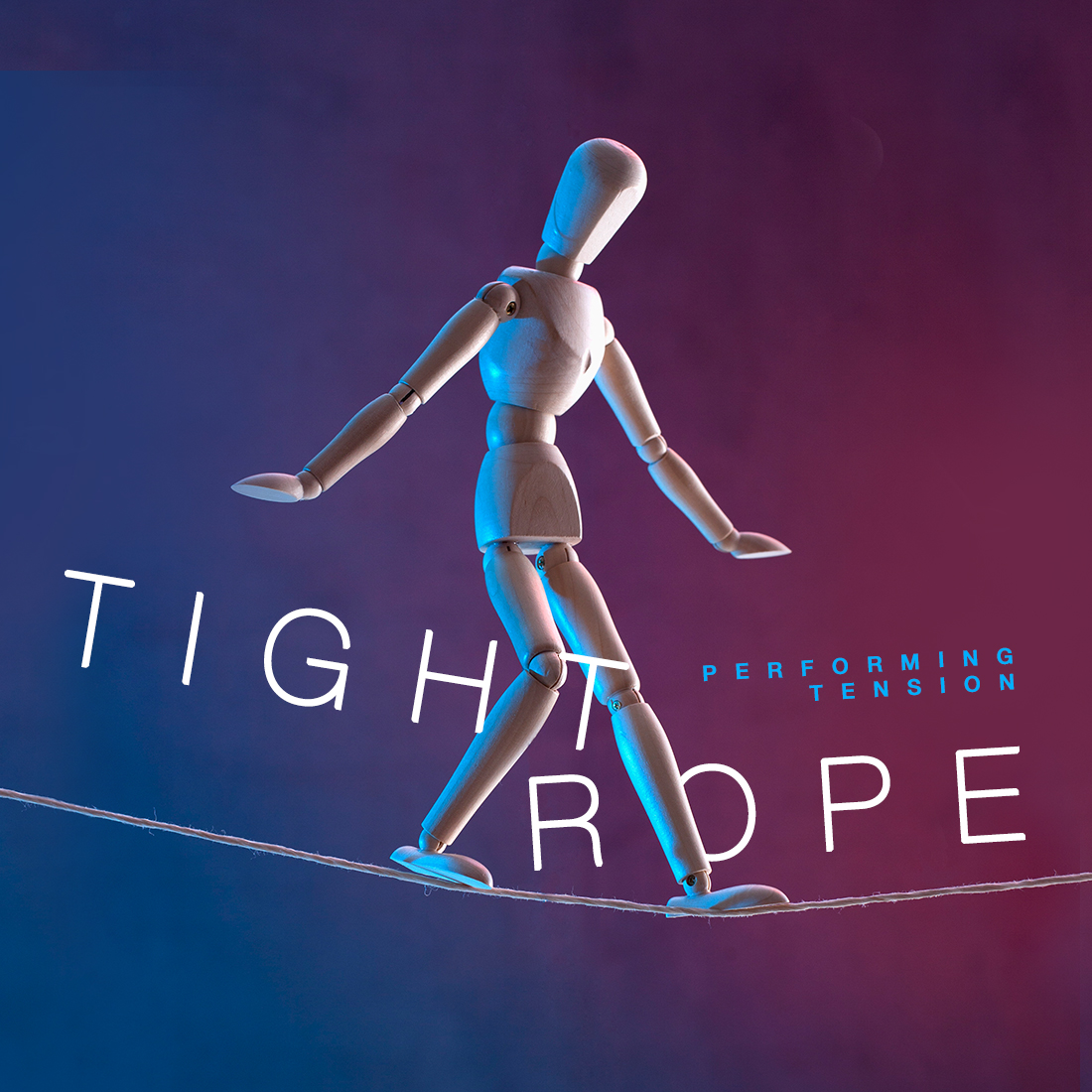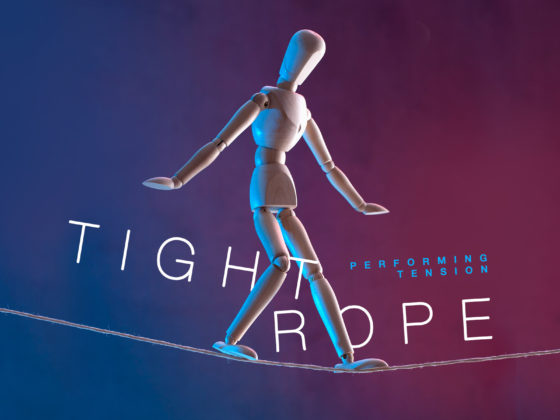CAITLIN OUANO
Editor’s Note: Spoilers to Big Little Lies ahead.
“Bruises heal. Stigmas last a lifetime.”
When Madeline Martha Mackenzie brusquely argues this point to her teenage daughter, she affirms the significance of verbal aggression and the fleeting effects of physical. In the first season of the popular HBO drama Big Little Lies, centrally focused on the lives of five mothers in the wealthy Monterey, California community, we are given an intimate view of the mechanics of verbal and physical aggression, and the ways they are foundational in female identity formation. Examining the ways tension is injected and released within the story and specific scenes, one finds depth and true emotional stakes even in the lives of the most privileged.
Big Little Lies: Season 1 (Official Trailer | HBO) | Source: © HBO/YouTube
The show begins with the investigation of a shocking murder (of a yet unknown victim) at a school fundraiser before flashing back to the events leading up to the murder, setting up a classic, suspenseful “whodunit” premise, and injecting the looming possibility of murder in every little spat and character interaction throughout the season. The viewer is rapt with attention, pulled in by a classic puzzle-TV premise popular in the last decade.
By opening with the murder, the show seems to be immediately aware of combatting the typically flat depiction of its demographic of wealthy, mainly white, helicopter moms: catty, petty, vain, and shallow. Just moms with first graders, petty business as usual. But thrusting the audience into a murder investigation declares, “Pay attention, someone is dead.” Every scene following has added tension, and the words “I will kill her” casually thrown in everyday conversation take on a real dimension, as we know that at the end of this petty drama someone will indeed be dead.
[There] are authentic, human struggles in their melodramatic day to day, challenging whether they are even melodrama in the first places.
Gossip frames the show from the start, as the first lines uttered are witness testimonies by various Monterey residents: “They’re vicious” / “They’re like the Olympic athletes of grudges.” Before we truly meet Madeline (played by Reese Witherspoon) or her friend, Celeste Wright (played by Nicole Kidman), we hear the secondhand snippets of fellow moms at the school, the women’s identities publicly constructed and packaged for community consumption, for our consumption. One townsperson comments, as we see Madeline meet new mom Jane Chapman (Shailene Woodley), that “what Madeline had was a nose for everybody else’s business.” We know very little about Madeline before we are told she is nosy. A witness testimony wouldn’t lie, right? And Madeline hasn’t shown anything yet to the contrary. In a way, the show is confronting how women’s actions are labelled two dimensionally right off the bat, even within the first five minutes of an HBO show. We see the tense, rigid forms that have been created for these women, and then the exploration for the reasons behind those fixed identities, the emotional complexity underneath a nosy stay-at-home mom.
Big Little Lies: Madeline Best Scenes (Season 1) | Source: MovieTopic/YouTube
As the show progresses, we dive into their interior emotional lives, unraveling and complicating the front-facing identity that has been presented to us, prompting critics like Genevieve Enright writing in FilmInk to say that audiences should not dismiss the show “as simply a melodrama about poor rich women.” Yes, moms are catty. Yes, they are aggressive. But there are authentic, human struggles in their melodramatic day to day, challenging whether they are even melodrama in the first places. Lisa Firestone wrote an article for Psychology Today about female cattiness in 2012, arguing that “we live in a culture where it is still considered more socially acceptable for a man to directly express his competitive nature. For women, this quality has been shunned as undesirable.” Big Littles Lies does no such thing, placing rich, competitive, catty women as the ensemble protagonists of an HBO murder show.
We find the women far more complicated than their gossip suggests, and their children function as extensions of themselves and their deepest fears and vulnerabilities. On the first day, Madeline tells newcomer Jane that Renata Klein (played by Laura Dern), a multitasking CEO, is at one extreme end of the ‘working-moms-versus-stay-at-home-moms’ divide that defines the first-grade class: a harmless no-stakes conflict that balances deftly between smiling hugs and kisses and harmless jibes — “Hi Gabby!… Gabby is such a gossip we don’t like her” / “She’s young; like you used to be.” / “Oh you mean like we used to be?” The career-moms and the stay-at-home moms walk a line between tense hello’s that are popped by the release of their real feelings about each other. This is the catty “fuck you” / “get laid bitch” stasis of the world we are peeking into: moms stabbing each other with words. Verbal aggression is routine and every-day, as is the balance between its overtness and covertness; as Firestone says, aggression is “undesirable” and it is women’s jobs to cover that up as neatly as possible. To quote Madeline: “I would’ve told [Gordon] to go fuck himself,” before adding airily, “but I don’t talk like that.”
On the first day, Ammabella Klein, Renata’s daughter, emerges with choke marks around her neck, reluctant to say who did it. In front of all the other moms and kids, the teacher asks her to point out who did it. Ammabella points to Ziggy, Jane’s son, who says he did not do it. Madeline the stay-at-home mom, now Jane’s friend, defends Ziggy. Renata the career-mom, concerned for her daughter, aggressively asks Ziggy to apologize. Lines (already there anyway) are drawn. “The war is on,” says Madeline.
Big Little Lies: Never Let a Bully Win (Season 1 Clip | HBO) | Source: © HBO/YouTube
The physical incident is transformed into a verbal sparring war. Ziggy isn’t invited to Ammabella’s birthday. Madeline arranges a trip to Disney for the kids on the same day as the birthday party. Back and forth snide comments are exchanged. And it’s difficult for one to blame either side. Jane doesn’t want Ziggy to be blamed for something he didn’t do. She moved far from her family to give him “a great life,” and within one day he is ostracized by all the moms at school. Renata is worried for her daughter’s safety. Madeline, inserting herself in the middle, feels compelled to protect and defend her friend Jane, to use the influence she has over other stay-at-home moms. But the issues target the interior lives of the women as well.
We find the women far more complicated than their gossip suggests, and their children function as extensions of themselves and their deepest fears and vulnerabilities.
Jane, while loving, hasn’t told anyone that Ziggy is the product of a rape she endured seven years prior. She is fearful of raising her rapist’s child and the violent instincts he may have inherited. Can she trust him when he says that he didn’t choke this girl? Renata feels no one is invested in her daughter’s choking because she’s a career-mom, a less-than; the lack of effort in finding the culprit behind her daughter’s bite marks and choke marks is a reflection on her status. “If I got shot in the head tonight, half of these moms are going to say, ‘What she couldn’t bother herself to duck?’” Renata remarks. Her petty actions, like not inviting Ziggy to a birthday party and sniping at Jane’s parenting skills in a school meeting, stem from an inherent high stakes question within herself: do I matter enough? Does my daughter matter enough? Does anyone care that she is being physically abused at school? There are true stakes in the first grade conflicts because we know what’s at stake for each mother. What if Jane can’t correct the bullying stigma Ziggy has? What if Renata can’t protect her daughter’s wellbeing? Their identities as mothers and as people — their personal choices that have led up to this moment — are under attack, and as the show progresses, the witness testimony commentary becomes more shallow than the subjects it is targeting. The women deconstruct their own public identities, and, by extension, the notion that they are at all petty or catty or shallow for behaving in such a way. As Firestone wrote, “what may seem like a no-big-deal, flippant remark about someone else can actually hold a lot more meaning about how we view ourselves.”
Similarly, Madeline has her own issues at home as her teenaged daughter Abigail, annoyed with Madeline’s pressure on her to succeed, decides to move in with her dad and his new, young wife Bonnie (Zoe Kravitz), who Abigail is increasingly spending time with over her own mother. Abigail vocalizes the stress her mother puts her under, questioning whether or not Madeline is living vicariously through her achievements. Madeline struggles to regain the connection with Abigail and is keeping secret an affair she had the year prior. Though Madeline is depicted as a nosy, judgmental busybody, she shows herself to be quite human in her love for Jane, privately sobbing when she hears about her rape, and insecure about her own lack of a college education or profession outside being a mom. Thus her feud with the CEO Renata attacks a piece of her identity as a stay-at-home mom who has no career outside the success of her own children. Her defense of Ziggy is viewed more as a protective maternal instinct, as the young Jane is a substitution for Madeline’s own estranged daughter, and a young woman, like Madeline, similarly defined singularly by her son and not by any career she has.
Big Little Lies: What About My Father (Season 1 Clip | HBO) | Source: © HBO/YouTube
The family whose public identity most diverges from its private one is the Wrights. Perry (Alexander Skarsgard) and Celeste are first seen at home with their boys in an idyllic, domestic bliss, and a very affluent bliss at that. Their towheaded twins are buttoned up in preppy clothing, Celeste floating in cashmere dresses and silk robes. Their very intimate, physical relationship is framed by the voice-over testimony that “some couples should have an age limit on PDA.” Even in an intimate home environment, their outward relationship is “known” for its physicality, which, according to fact-checked police witness testimony, bridges on inappropriate. During the first episode, the Wrights’ image of perfection lights up every scene. But in the closing moments, Perry and Celeste begin a harmless disagreement about their boys avoiding a school bully, and Perry grabs her arm violently. Celeste shakes it off. The sexual physicality of the relationship is transformed, violence is introduced. The threat of it looms large throughout the following episodes.
And not for nothing — the arm grab is not an isolated incident, but the beginning of a dangerous cycle the viewer has just begun to observe. The threat of physical harm injects every moment and every scene between Perry and Celeste with tension. Perry himself is the embodiment of tense: often buttoned up in fitted suits, stiffly robotic in his movements. The abusive relationship isn’t so much revealed to the audience but rather created and re-created repeatedly in front of us over the season’s seven episodes. Typically harmless scenes of domestic life like eating dinner or getting changed are charged with new energy as the violent power dynamics underneath slowly reveal themselves and, finally, externalized and performed. But then the tension is deflated and domestic life resumes.
The bruises may fade, but new ones always replace them. The tension throughout is not mitigated; it remains a part of the DNA of the household.
In 1979, psychologist Lenore Walker found that many violent relationships follow a common pattern or cycle: the tension building phase, the acute battering episode, and the honeymoon phase. According to Walker’s findings, the apologetic, “loving and contrite behavior” exhibited by the abuser “strengthens the bond between the partners and will probably convince the victim, once again, that leaving the relationship is not necessary.” Perry and Celeste enact this cycle repeatedly, endorsing how physical abuse is woven into the fabric of their relationship; the ideal bliss entwined with the transgression. The show accurately depicts a more grounded view of domestic violence as an atmosphere of threat and escalation rather than a flat husband character who loses his job and comes home and beats his wife. A necklace and roses — viewed by other characters as “sweet gestures” — are possessive actions of the honeymoon “phase” of the abuse. Celeste compartmentalizes the abuse as simply one part of Perry’s character, but the audience sees how ingrained and encoded it has become into the fabric of the home life itself, where a beautiful diamond necklace is laid on top of a bruised body, where we feel that at any moment Perry could snap, where we feel peace in his absence and danger in his presence, and where every small decision Celeste makes even driving her children to school is injected with tense fear. The viewer, like Celeste, is constantly searching for relief, for release, for escape. We feel the tense possibilities of what Perry could do, both the fear and hope that nothing will happen.
Big Little Lies: Celeste & Perry (Season 1 Clip | HBO) | Source: © HBO/YouTube
In one scene, Perry walks into Celeste adjusting a beautiful cream dress. He compliments his wife’s beauty and she innocently asks if it’s “too summery?” When he asks where she’s going, she replies that she’s meeting with a lawyer, and an insecure Perry repeats his earlier argument that she shouldn’t go back to work. He grabs her violently and she cries out in pain before their son suddenly enters the room and Perry immediately lets go. The violence is dropped and Celeste picks herself back up again to take her sons to school, quivering with fear as she says “okay, let’s go…” It is not the violent sequences, but rather the way that tension is so neatly and cyclically encoded, the threat of violence constantly present, that abuse becomes inextricably tied to their marriage identity. Celeste later, in an increasingly self-aware therapy session, comments on her marriage’s “seesaw” power struggle, to which her therapist asks, “When do you get the power?” and she responds that “when he hurts me, I get the upper hand.” She has the power “until her bruises fade.” The cyclicality makes Walker’s findings literal and grants us empathy for Celeste’s decision to remain in the marriage, to wait for power to come back to her. For though the audience is afraid when Perry walks in, we are relieved in moments of tender love and affection and hope they last, despite knowing they won’t. The show implicates us in a cycle the same way Celeste is. The bruises may fade, but new ones always replace them. The tension throughout is not mitigated; it remains a part of the DNA of the household.
Thus while Celeste’s terrifying home life is defined by coded physical violence, the Monterey mom drama, which comprises the main part of the plot and the voiceover witness testimony, is defined by verbal aggression. Tensions between Renata and Jane build, as Renata yells at Jane publicly to get Ziggy to “stop hurting [my] little girl” and one of Renata’s friends circulates a petition for the children to not play with Ziggy, further separating him from the other kids. Tensions in Madeline’s life build, as her lover gets hospitalized in a car accident, arousing suspicion from her husband, and her daughter begins a bold charity project to auction off her virginity.
Yet over the course of the season, tensions begin to deflate as the women begin to open up and connect. Jane apologizes to Renata for slapping her, and emotionally reveals sending Ziggy to a psychiatrist in order to find out if he hurt Ammabella. The two moms commiserate over how tough it’s been to protect their children; to protect Ziggy from a stigma and Ammabella from violence. The two share a laugh at school, and on the night of the school’s charity event, Renata remarks, “I hate everyone right now. Except Jane.” Madeline drunkenly confesses her affair to Abigail, admitting that she has “fucked up her own life” with sex and doesn’t want Abigail to do the same. Admitting her own failures connects her with her daughter again and deflates the tension that her secret affair has been exerting on her life. Going into the finale, when the murder is supposed to happen, the only person whose problems have gotten worse is the isolated Celeste, who has secretly bought her own apartment to move herself and her boys away from Perry. For Celeste, independence and distance is the solution. In the case of the other moms, it is connection, which has greatly deflated and resolved most of the issues introduced in the beginning of the season.
For it is the secret and the lie that creates the tension and the hidden aggression.
In the end, Jane discovers that Celeste’s son Max, not Ziggy, is choking Ammabella, who is fearful that she could be killed if she reveals her abuser. Ammabella’s life at school strikingly resembles Celeste’s, exhibiting how Celeste’s story is not at all isolated from the moms as we’ve previously thought. Her life does not exist in an abusive bubble; her son is continuing it. The show has reflected the way the children have functioned as extensions of their mother’s dreams, struggles, and emotions. Max becomes representative of Celeste’s inaction in her own marriage, and the final sign that she must leave it.
Big Little Lies: It’s Human Nature (Season 1 Clip | HBO) | Source: © HBO/YouTube
When Celeste tearfully goes to her son, she hugs him, and assures him, “we all do bad things sometimes but you need to tell me.” Her determination is not to cover up her son’s behavior, but to expose it and give it compassion. For it is the secret and the lie that creates the tension and the hidden aggression. In connecting with her son, the way the mothers and children do, healing begins. The show posits that it is maternal instinct that sucks the pressure out of a harmful world, as it serves to connect Jane and Renata, Madeline and Abigail, Celeste and her son, and us with them all.
Additionally, it addresses the influence that male-perpetrated physical aggression has on the world. Jane slapping Renata makes their tension manifest, and releases it. Madeline screams at her daughter, releasing her own built up pressure. Female characters benefit from physical releases, and connect. In the finale, Perry goes after Celeste one last time, this time in the presence of her friends, who protect and defend her until he is eventually pushed to his death by the unassuming Bonnie. The women assert, together, that he fell, to keep Bonnie from jail time. The female detective remarks suspiciously, “It wasn’t an accident. Their language… it’s all the same.” In their fight to subdue Perry’s violent actions, five very different women — most of whom hated each other during the season — adopt violence of their own, and defensively adopt Perry’s tense, buttoned, uniform silence. Men like Perry, the show’s release of tension suggests, can only be stopped by turning their own methods against them.





